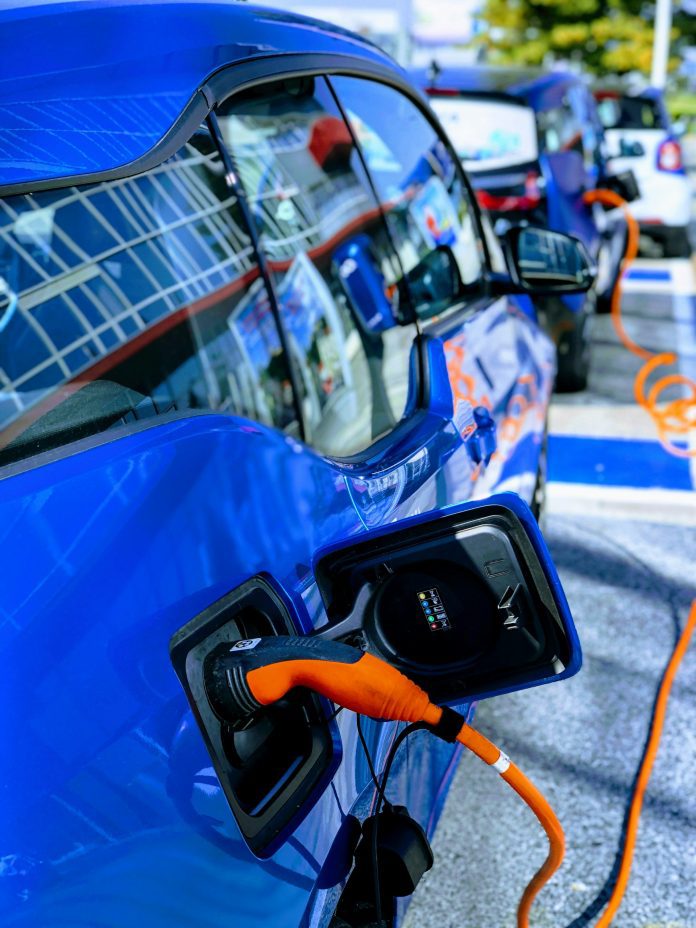Urban areas face a significant challenge: air pollution, primarily caused by vehicular emissions. Electric taxis offer a promising solution to this problem, combining traditional cabs’ convenience with clean energy’s benefits.
This article explores the impact of electric taxis on reducing urban pollution, examining their technological advancements and the associated environmental and economic benefits. By understanding the role of electric taxis in urban ecosystems, we can gauge their effectiveness in contributing to a more sustainable future.
The Urban Pollution Challenge
Urban pollution, a critical concern for modern cities, largely stems from vehicular emissions. These emissions contribute to poor air quality, which can have severe health implications for city dwellers. The concentration of traditional petrol and diesel vehicles in urban centres exacerbates the problem, leading to smog, respiratory issues, and a decrease in the overall quality of urban life. As cities continue to grow, the challenge of managing vehicular pollution becomes more pressing. The need for sustainable transportation solutions is evident, and electric taxis present themselves as a viable option. By reducing reliance on fossil fuels, electric taxis can play a significant role in tackling urban air pollution.
Technological Innovations in Electric Taxis
Electric taxis represent a leap forward in the evolution of urban transportation, driven by significant technological innovations. These advancements include improved battery life, which addresses the range anxiety commonly associated with electric vehicles. Modern electric taxis are equipped with fast-charging technologies, reducing downtime, and increasing efficiency. Additionally, enhanced powertrains offer a smoother, quieter ride, which is pleasant for passengers and reduces noise pollution in cities. The integration of smart technologies, such as GPS and real-time data analysis, optimises routes and further contributes to reducing emissions. These innovations make electric taxis a practical and environmentally friendly option for urban transportation.
Economic and Environmental Benefits
The shift towards electric taxis brings significant economic and environmental benefits. Environmentally, they drastically reduce greenhouse gas emissions, contributing to cleaner air and a reduction in the urban heat island effect. Economically, electric taxis offer long-term cost savings for operators. Despite the higher initial purchase price, the overall maintenance and operational costs are lower compared to traditional taxis. This is due to fewer moving parts in electric engines and the lower cost of electricity compared to fuel. These savings can be substantial over the vehicle’s lifetime, providing a strong incentive for taxi companies to invest in electric fleets. Moreover, the growing consumer preference for eco-friendly transportation options enhances the market appeal of electric taxis, potentially boosting the taxi industry’s profitability.
Electric Taxis: A Cleaner Alternative
In the context of urban pollution, electric taxis emerge as a cleaner alternative to traditional vehicles. With zero tailpipe emissions, they play a pivotal role in reducing air pollutants in cities. Electric models offer an environmentally responsible choice for those looking for taxis for sale that align with global sustainability goals. This shift is not just about individual vehicle emissions; it represents a broader move towards cleaner, more sustainable urban environments. The adoption of electric taxis by taxi companies like Cab Direct reflects a commitment to environmental stewardship, appealing to a growing demographic of environmentally conscious consumers. This transition is supported by the increasing availability and variety of electric taxis in the market, making it easier for companies to find models that suit their operational needs.
Challenges and Solutions
Despite the clear benefits, the transition to electric taxis faces several challenges. One major obstacle is the initial cost of acquisition, which is higher than conventional taxis. Solutions include government subsidies or incentives to offset these costs. Another challenge is the insufficient charging infrastructure in many urban areas, which can lead to operational inefficiencies. To address this, cities need to invest in widespread, accessible charging stations. Range anxiety remains a concern, although advancements in battery technology are gradually overcoming this issue. Finally, there is a need for public education and awareness to increase acceptance and adoption of electric taxis.
The Future of Urban Transport
The future of urban transport is heading towards greater sustainability, with electric taxis playing a crucial role. As cities continue to grow and face environmental challenges, the adoption of electric vehicles (EVs) becomes more critical. Future advancements in battery technology and autonomous driving are expected to further enhance the efficiency and appeal of electric taxis. Moreover, the integration of electric taxis into public transport networks, as part of a larger multimodal transport strategy, can transform urban mobility. This shift towards electric taxis is a trend and a necessary step towards sustainable urban development.
Conclusion
Electric taxis stand at the forefront of transforming urban transportation. By offering a cleaner, more sustainable alternative to traditional cabs, they address critical issues of urban pollution and contribute to the economic viability of the taxi industry. While challenges exist, ongoing technological innovations and policy support are paving the way for their wider adoption. The transition to electric taxis is a key component in the journey towards sustainable urban living, promising a cleaner, greener future for cities around the world.







